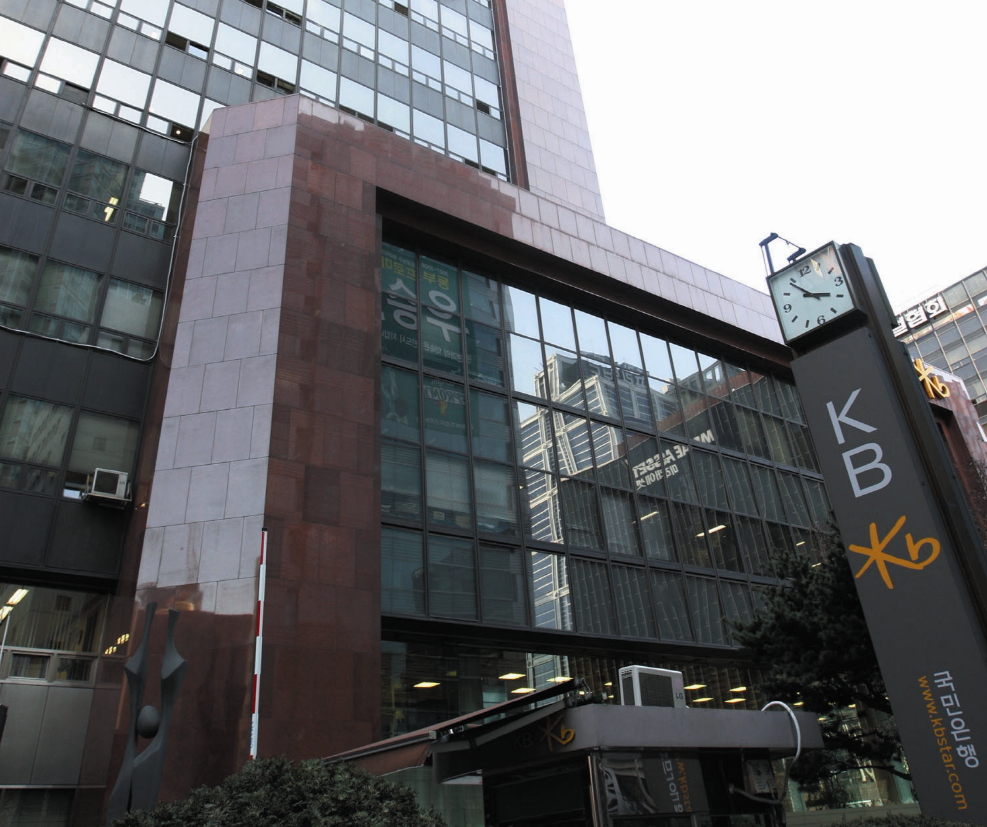South Korean banks cut almost 3,000 jobs last year, many through lay-offs, data showed Monday, with the job-reduction trend expected to continue this year amid an economic slowdown and growing risk management pressure from US rate hikes and massive household debt at home.
The number of employees at banks in Korea totaled 115,516 at the end of September, down 1,507 from nine months earlier, according to the Financial Supervisory Service’s financial data information system, Yonhap reported.
That of KB Kookmin Bank fell by 551 to 19,795, which represents 36.6% of the total number of jobs lost during the January-September period in the country’s overall banking sector.
KEB Hana Bank and Woori Bank also cut their workers by 271 and 243, respectively, with 87 and 302 workers leaving Shinhan Bank and NH Bank. On the other hand, the number of employees at the state-run Korea Development Bank fell by only 12.
Local banks kept cutting jobs in the fourth quarter of 2016. Around 1,300 workers left KEB Hana Bank, HN Bank and SC Cheil Bank between October and December.
A total of 742 workers at KEB Hana retired during the period and more than 2,800 employees at KB Kookmin are scheduled to follow suit in the middle of this month.
Monetary Easing Policy
The head of South Korea’s central bank pledged Monday to maintain the current monetary easing policy to support growth amid uncertainties at home and abroad.
The Bank of Korea has kept its key rate at an all-time low of 1.25% since June when it made a surprise rate cut to bolster Asia’s fourth-biggest economy.
“It seems appropriate to maintain the monetary easing policy for a considerable period of time,” BOK Governor Lee Ju-yeol said in a New Year speech at the bank’s headquarters in Seoul. He also said the central bank will focus on stabilizing the financial market.
Still, Lee remained cautious on the possibility that US interest rates could exceed South Korea’s in case of additional US rate hikes, saying “it is hard to predict whether a reverse in the interest rate gap will have an impact” on the South Korean economy or not.
In December, the US Federal Reserve raised its key interest rate by a quarter of a percentage point to a range of 0.5% to 0.75%. It also signaled three rate hikes in 2017.
Lee said the BOK will make a decision on its monetary policy by taking into account market situations. He has said that the US rate increase does not necessarily mean the BOK will immediately raise its interest rates.
Also Monday, Finance Minister Yoo Il-ho called on officials to concentrate all resources on risk management and economic recovery, noting that South Korea’s economy is at a crossroads of overcoming difficulties and moving forward or losing steam.
Yoo said the economy could face challenges over a possible shift in the US trade policy and internal and external uncertainties.


